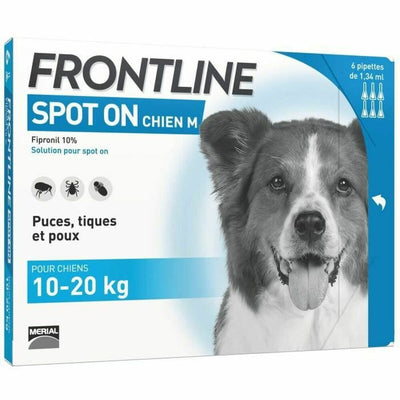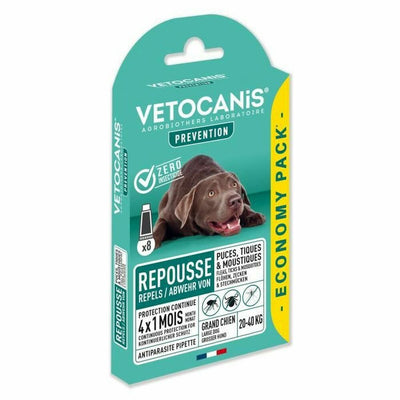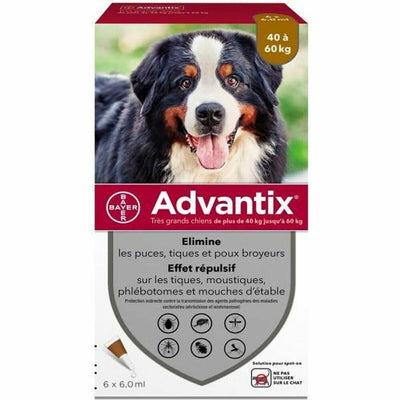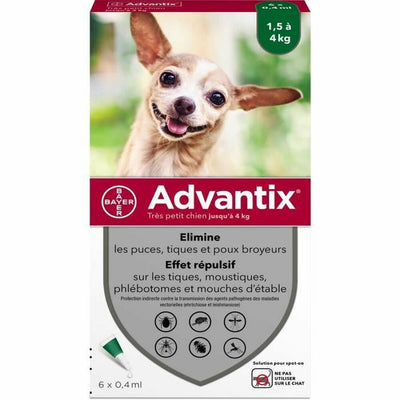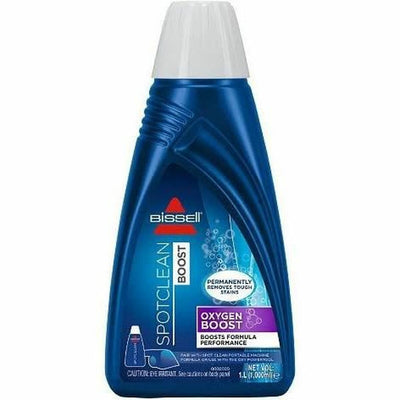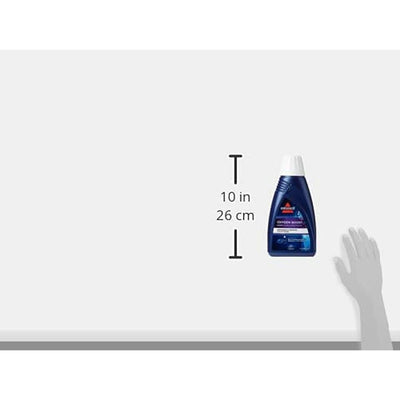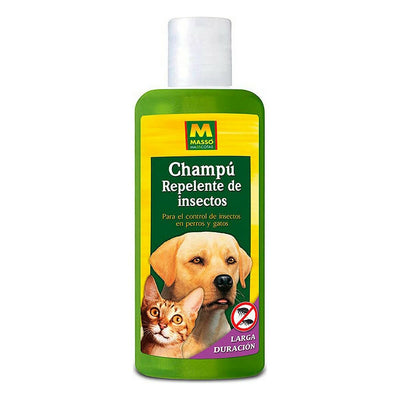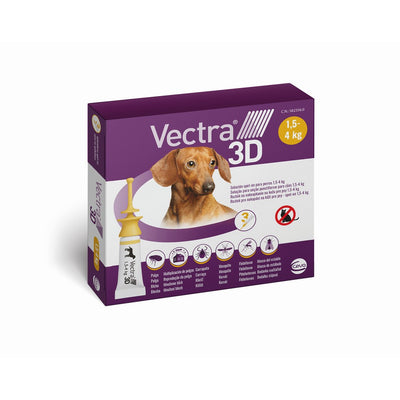
Flea and tick control for dogs
Flea and Tick Control on Dogs: Everything You Need to Know
As dedicated pet owners, we value the joy and companionship that dogs bring to our lives. However, with joy comes the responsibility to ensure their well-being. A crucial aspect of dog care is flea and tick control. In this comprehensive guide, you'll learn why it's necessary, when to implement it, how to do it correctly, the best products available, and important tips to prevent your furry friend from taking these control measures.
Why is flea and tick control necessary?
Fleas and ticks are not just a nuisance; They pose significant health risks to your dog. These blood-sucking parasites can transmit diseases such as Lyme disease, tapeworms and various infections. In addition, they can cause severe itching and skin irritation and, in extreme cases, lead to anemia. Regular flea and tick control is essential to protect your pet's health and prevent potential infestations in your home.
When is the time for flea and tick control?
Prevention is key when it comes to fleas and ticks. Begin control measures before these pests become a problem. Year-round prevention is recommended in regions with warmer climates where parasites thrive year-round. In cooler climates, you should start in spring and continue through fall as this is the peak season for fleas and ticks.
How do you properly fight fleas and ticks?
To prevent your dog from suffering from unwanted fleas and ticks, consider the following tips:
- Regular care:
- Brush your dog's fur regularly to detect and remove fleas or ticks.
- Use a fine-toothed comb to catch these pests before they become a problem.
- Topical treatments:
- Apply vet-recommended topical treatments to your dog's skin.
- These treatments are effective and provide long-lasting protection.
- Oral medications:
- Ask your veterinarian about oral medications that can prevent fleas and ticks.
- These are practical options, especially for dogs that resist topical treatment.
- Flea collars:
- Consider using flea collars that release chemicals to repel and kill parasites.
- Make sure the collar fits properly and that two fingers fit snugly between the collar and your dog's neck.
- Sprays and powders:
- Flea and tick sprays and powders can provide immediate relief.
- Follow the instructions carefully and avoid contact with your dog's eyes and mouth.
- Spot-On Treatments:
- Spot-on treatments are liquid formulations that are applied directly to your dog's skin.
- They provide targeted and long-lasting protection against fleas and ticks.
Preventing the ingestion of flea and tick control products
It is crucial to your dog's safety to ensure that he does not ingest the control products.
- Follow the application guidelines:
- Read and follow the manufacturer's instructions for proper application.
- Apply the treatments to an area where your dog cannot lick immediately.
- Use Elizabethan collars:
Consider using an Elizabethan collar to prevent your dog from reaching the application site.
- Monitor your dog:
- Keep a close eye on your dog after treatment.
- Distract them with toys or activities to prevent licking.
Additional Flea and Tick Control Tips
A vigilant approach to flea and tick control involves more than just applying products. Consider the following additional tips to improve your efforts:
1. Environmental management
Wash your dog's bedding frequently with hot water to remove flea eggs and larvae. Vacuum your home regularly, paying particular attention to areas where your dog spends a lot of time, such as carpets, rugs, and upholstered furniture.
2. Garden maintenance
Trim tall grass and vegetation in your yard to reduce the risk of ticks. Use pet-safe insecticides in outdoor areas where your dog spends time, such as the backyard or dog run.
3. Regular health checks
Schedule regular veterinary exams to monitor your dog's overall health and detect any potential problems early. Discuss flea and tick prevention strategies with your veterinarian to ensure you are using the most effective methods for your dog's specific needs.
4. Consistent monitoring
Check your dog's fur and skin regularly for signs of fleas or ticks. If you live in an area with a high prevalence of these parasites, consider using a fine-toothed comb daily to catch and remove any “hitchhikers.”
5. Natural repellents
Discover natural remedies that can complement your flea and tick control routine. Essential oils such as lavender, citronella and neem oil can act as natural repellents. However, consult your veterinarian before using natural remedies as some may not be suitable for all dogs or may require dilution.
6. Avoid high-risk areas
Be careful when taking your dog into areas known for high flea and tick activity, such as wooded areas or tall grass. Thoroughly inspect your dog for pests after outdoor adventures and consider preventive treatment if exposure was significant.
7. Multiple pet considerations
If you have multiple pets, make sure each pet receives the appropriate flea and tick prevention measures based on their type and size. Avoid cross-contamination by keeping treated and untreated pets separate until all topical products have dried or absorbed.
By incorporating these additional tips into your routine, you'll create a comprehensive strategy that goes beyond product application to actively reduce the risk of flea and tick infestations and promote the overall well-being of your beloved dog.
FAQs
How often should I use flea and tick control products?
The frequency depends on the product. Follow the guidelines provided whether it is a monthly, quarterly or longer term treatment.
Can I use the same product for fleas and ticks?
Many products are designed to control both fleas and ticks. Read the product label to ensure it provides complete protection.
Are natural flea and tick control remedies effective?
Although there are some natural remedies, they may not be as effective as commercial products. Consult your veterinarian about the best course of action for your dog.
What do I do if my dog shows signs of an adverse reaction?
If you notice any side effects such as excessive itching or redness, contact your veterinarian immediately.
Can I use dog-specific products on other pets?
It is important to use products specifically designed for each type of pet. Consult your veterinarian to ensure you are using the correct products for each animal in your household.



